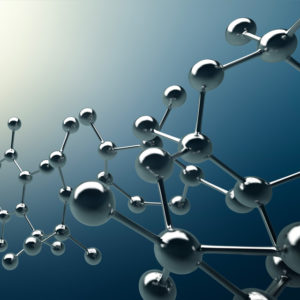Emissivity
Home » Our Techniques » Spectroscopy » Emissivity
Heat from an object can be transported via three methods: Conduction, convection and via thermal radiation. The effectiveness of a material to lose or absorb energy via thermal radiation depends on its emissivity. This is a key parameter in building materials (e.g. bricks, tiles, windows) and in temperature control (e.g. in cooling units and also radiators).
Very hot materials emit visible light, and materials at or around room temperature emit infrared light. Emissivity is the ratio of the thermal radiation of a surface relative to the radiation of an ideal black body at the same temperature (ratio between 0 and 1). An emissivity of 0 means that the material is a perfect reflector, whereas a ratio of 1 means it is a perfect emitter. The determination of surface emissivity is important for accurate non-contact temperature measurements and for heat transfer calculations.
The emissivity of a surface depends on the material (i.e. chemical and physical properties), the nature of the surface (e.g. smooth or rough), the temperature, wavelength and angle. A polished, clean metal surface will have a low emissivity (and high reflectivity). On the other hand, a rough, oxidized metal surface will have a high emissivity.

Emissivity can be measured using a FT-IR spectrometer (as a function of wavelength) or via a bolometer (which does not take the emitted wavelength into account). The FTIR instrument is also equipped with a microscope to allow measurements in specific well–defined locations.
Ideal Uses of Emissivity
- Characterization of the emissivity of a material. Most often measured in relation to the thermal design of a product
- Obtaining knowledge of the emissivity as a function of temperature (emissivity can change over a temperature range)
Strengths
- Wavelength and temperature specific measurements
- Analysis of small surface areas by using a microscope
Limitations
- Temperature is limited to a maximum of 600°C
- Sample size range: diameters from 4 mm to 30 mm
Emissivity Technical Specifications
- FTIR with emission viewport. In front of the viewport an oven is positioned that can be heated up to ~600 °C
- Generally a temperature of 150 °C is required to acquire sufficient sample signal, although for high emissivity materials (> 0.5) lower temperatures suffice
Would you like to learn more about using Emissivity?
Contact us today for your Emissivity needs. Please complete the form below to have an EAG expert contact you.